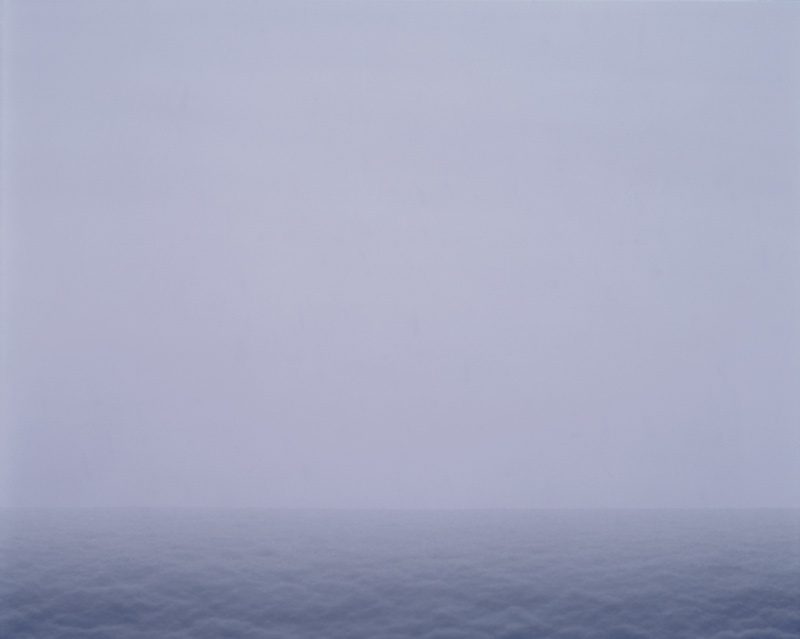
Waiting for the Colour of Spring ; Somewhere in Between (View from the Window), 2012, tirages numériques montés sous Plexiglas / digital prints under plexiglass, 81 x 101 cm

Waiting for the Colour of Spring ; Somewhere in Between (View from the Window), 2012, tirages numériques montés sous Plexiglas / digital prints under plexiglass, 81 x 101 cm
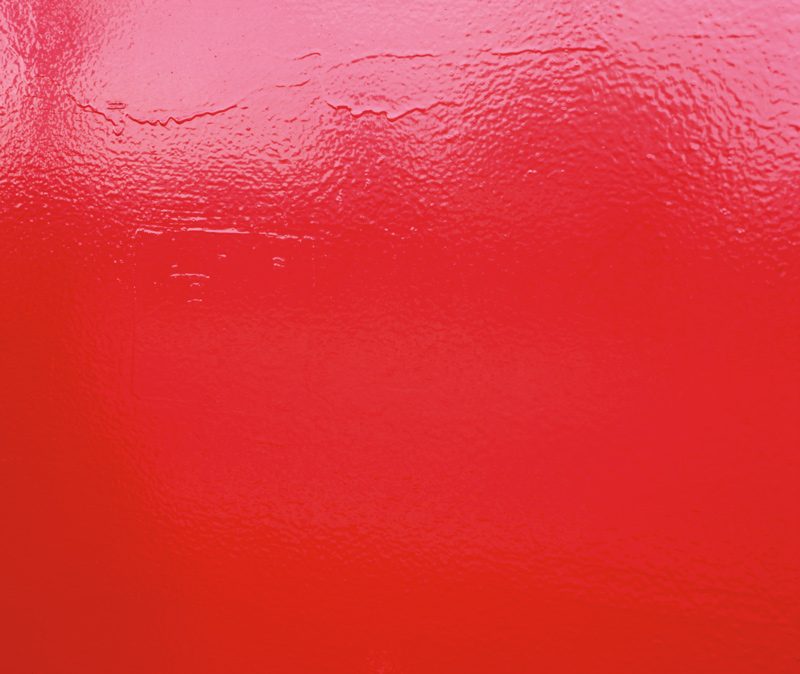
Tomorrow Started ; You Should Have Seen What I’ve Seen, 2012, tirages numériques montés sous plexiglass / digital prints under Plexiglas, 85 x 101 cm

Tomorrow Started ; You Should Have Seen What I’ve Seen, 2012, tirages numériques montés sous plexiglass / digital prints under Plexiglas, 85 x 101 cm
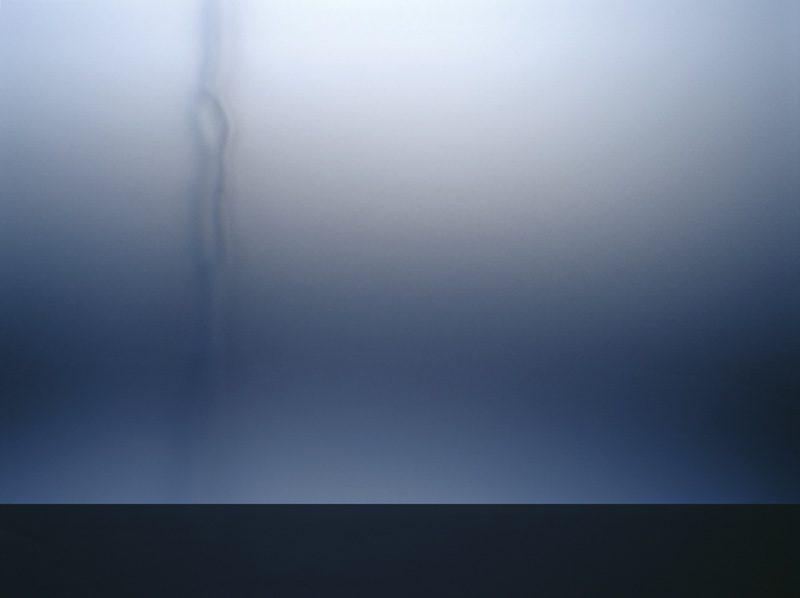
I’ll Keep You There So Long (diptyque / diptych), 2012, tirages numériques montés sous plexiglass / digital prints under Plexiglas, 67 x 91 cm
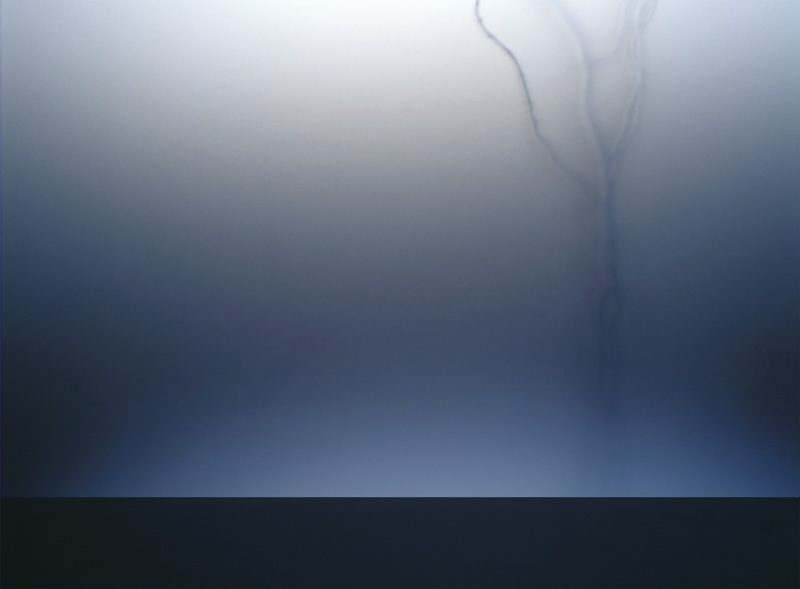
I’ll Keep You There So Long (diptyque / diptych), 2012, tirages numériques montés sous plexiglass / digital prints under Plexiglas, 67 x 91 cm
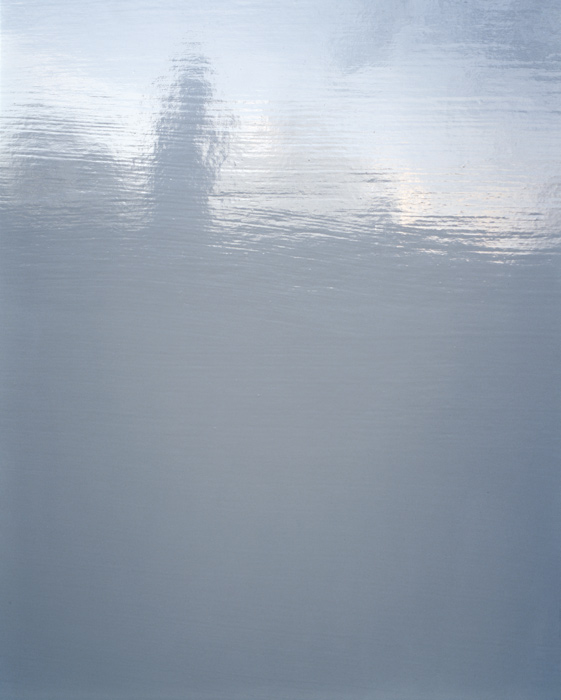
Until Later Doesn’t Always Come ; Will We Forget the Way It Really Is, 2010, tirages numériques montés sous plexiglass / digital prints under Plexiglas, 122 x 151 cm ; 151 x 151 cm

Until Later Doesn’t Always Come ; Will We Forget the Way It Really Is, 2010, tirages numériques montés sous plexiglass / digital prints under Plexiglas, 122 x 151 cm ; 151 x 151 cm

Pastiche, 2012, photographie Polaroid numérisée montée sous plexiglass / Polaroid under Plexiglas, 101 x 101 cm
Henri Venne, Somewhere in Between – Sylvain Campeau, Painting Indebted to Photography
By Sylvain Campeau
Henri Venne is a painter. It is painted matter that interests him. It is in this medium that he was educated, and it is also how he defines himself.
Henri Venne is also a photographer, as the works that emerge from his creative process are photographs. He is also interested in how images are imbued with visual effects, places for various reflections. It is thus in this medium that the final versions of the space-times chosen or prepared are captured in a “shot.”
Given these starting points, one may hesitate when one contemplates formulating a critique of the artist’s works. Hearing him talk will not help us much, as he goes back and forth between an argument in favour of painting, for which he expresses sincere devotion, and the fact that it is the gesture of photographing that enabled him to find his path.
At first glance, our only option seems to be conjecture. When we look at the shapes, colours, and materials that Venne has chosen, we undeniably feel how strong a hold paint has on his practice. The artworks are in bright colours that bespeak the syrupy thickness of the paint. Drips appear, and this is deliberate. In fact, Venne lets some time pass between two applications of paint, in order to let the first layer thicken and the second layer to sit on top, displaying its texture and consistency. Sometimes, he photographs a found work that was waiting to be captured. These works are, in effect, divined paintings, made by someone else on one of the many surfaces that the city may offer. Or sometimes, light and weather conditions make natural tableaux, and Venne uses photography to create a frame for them. But, ordinarily, he photographs surfaces that he has painted, small flat surfaces that he walks around with, looking for light that can magnify them.
Now, we must see how he treats these surfaces that are constructed and prepared for being photographed. First, they are not very big, so that they can be carried easily. Second, they must be placed so that he does not have to use a telephoto or wide-angle lens. Obviously, this constrains the field of possibilities and conditions the artist’s practice. These, it should be noted, are modalities that the use of photography that have imposed on him.
Then, there is the question of luminosity. There must be enough light for the picture to be taken. Venne must accommodate fine-grain film, which necessitates bright enough lighting. The surfaces have been covered with a bright-coloured glossy paint, and they therefore have a fairly intense reflective quality. The artist skilfully exploits this quality by carefully choosing where the surfaces will be exposed. He actually uses the small paintings like mirrors, orienting them so that shadows and silhouettes are projected onto the paint-material, now used more as a film- material – light-sensitive and capable of retaining the image that it is confronted with. Since Venne does not want his own shadow to intervene in this image capture, he positions himself off to the side and makes sure to shoot the small paintings with adequate depth of field. The result is that the painted material, which is the artist’s main interest, is ultimately perceived as a surface capable of retaining impressions, like photosensitive material.
But nevertheless the paint is there, we will agree, in all of its materiality, with its vivid colours and thick layers, the shapes of its drips, the particularities of its covering properties, of its solidified liquid pigment apprehended in this solidification – at the moment, or almost, when it takes form and density. All of these operations, these preliminaries, aim, thus, for this: a representation of paint in its most raw materiality, beyond the canvas, the surface placed before us; transplanted into a virtual state, it is completed by photography, but only in a virtual state that gives the material its full due because, in fact, it is not in front of us, nowhere is it placed on a canvas the presence of which might spoil everything.
It’s quite a paradox!
As is the paradox that we now cannot fail to recognize: here, the painting is made possible by photography. It exists thanks to photography, which reveals it better than it would be through the usual practice. This is the gamble that Venne dares to take.
What I have said up to now is certainly true for artworks whose source is obviously pictorial, such as It’s Getting Late in the Evening, Tomorrow Started and You Should Have Seen What I’ve Seen, produced in 2012. But these are not the only works that Venne has produced lately. There are also Somewhere in Between (View from the Window) and Waiting for the Colour of Spring, also dating from 2012. These works are first and foremost photographic, but they owe the fact of having drawn the artist’s attention, and therefore having been sampled, to the purely iconographic qualities of the scene and the possibility of seeing it and making it a reference to a certain style of painting with colourist concerns, colour-field painting. It is similar for the eloquent Pastiche, a work made entirely with Polaroid technology but distorted to the point that the yellow tones are altered.
And what should we think of the diptych I’ll Keep You There So Long, an image – again captured in a photograph – of a Plexiglas panel on which a tangle of branches rested. Doesn’t this cross-wise shot essentially resemble what is accomplished directly with photographic equipment?
Venne is a painter, it must be said, thanks to photography. Or rather, he still is a painter thanks to photography: he paints remotely, keeping the paint under close surveillance, making use of the apparatus essential to this revealing of the painted. This way of posing the issue is not simply a question of style. Photography, historically – and praxeologically in this particular case – comes after painting. And here, it is used to probe this painted, registering the fact that it has been already done. It looks back on it. That is, for Venne it seems to be a case of capturing occurrences when something is already there, before any intervention, painted. All that remains is for the artist to solicit a mechanism for capturing this state of the already done. A sort of readymade painting. We will have understood what this mechanism is . . .
For Venne, painting – or, rather, the painting – is always already there, always past and out-dated, rejected behind the modernist horizon. Ready for the cutting-out that will make it into art. It remains hardy and presents the possibility of reviving it, putting it back into motion, revealing its latency, revealing the fact that, always and already, there is a colour field, an illuminated scene that asks only to be revealed. Thinking of it this way is also, paradoxically, to admit that painting is never far away, that it is always ready to be reactivated for those who know how to look at it. And to reach this admission, all that is needed is a means for which the term “latent image” is not an empty one – a tool that can select, cut out, sample, reveal.
All that is needed is photography.
Translated by Käthe Roth
Henri Venne was born in Joliette in 1966, and he lives and works in Montreal. Since 1994, his works combining photography and painting have been exhibited in galleries and museums in Quebec. His works are in the collections of museums, private and public institutions, and private individuals. He earned a master’s degree at Concordia University in 1999 and has taught visual arts at CÉGEP Vanier since 2008. Henri Venne is represented by Art Mûr Gallery.
Sylvain Campeau has contributed to numerous Canadian and European magazines (Ciel variable, ETC, Photovision, Inferno). He is also the author of the essays Chambre obscure: photographie et installation, Chantiers de l’image, and Imago Lexis. Sur Rober Racine, as well as five poetry books. As curator, he has organized thirty exhibitions presented in Canada and abroad.
